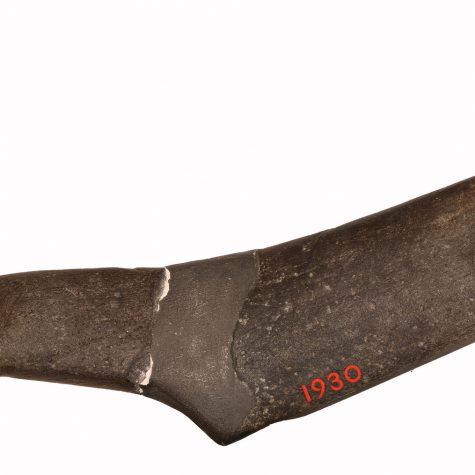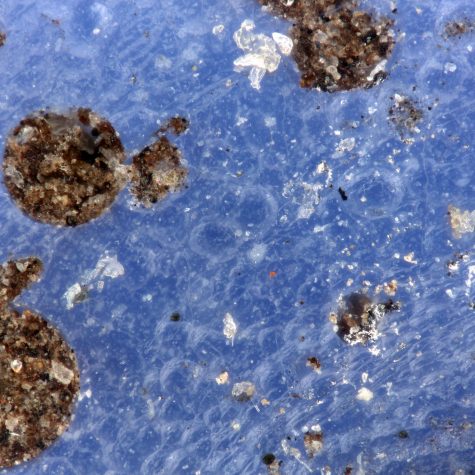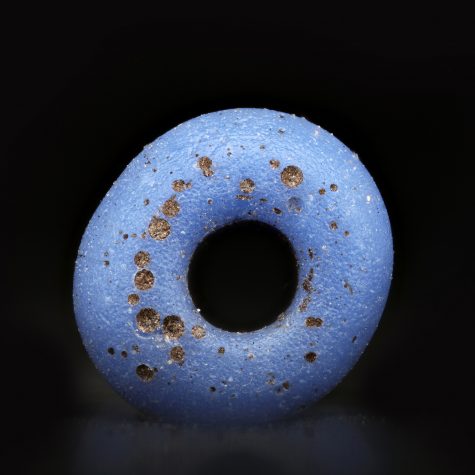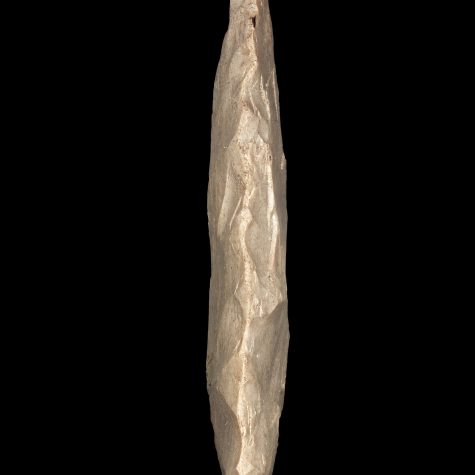Archeological Artifacts of Connecticut USA, Bird Stone
$19.00 – $400.00Bird stones are prehistoric, abstract stone carvings made by Native Americans. The artifacts were a common inclusion in graves and thought to have ceremonial importance. They are noted for their distinctive simplicity and beauty.








